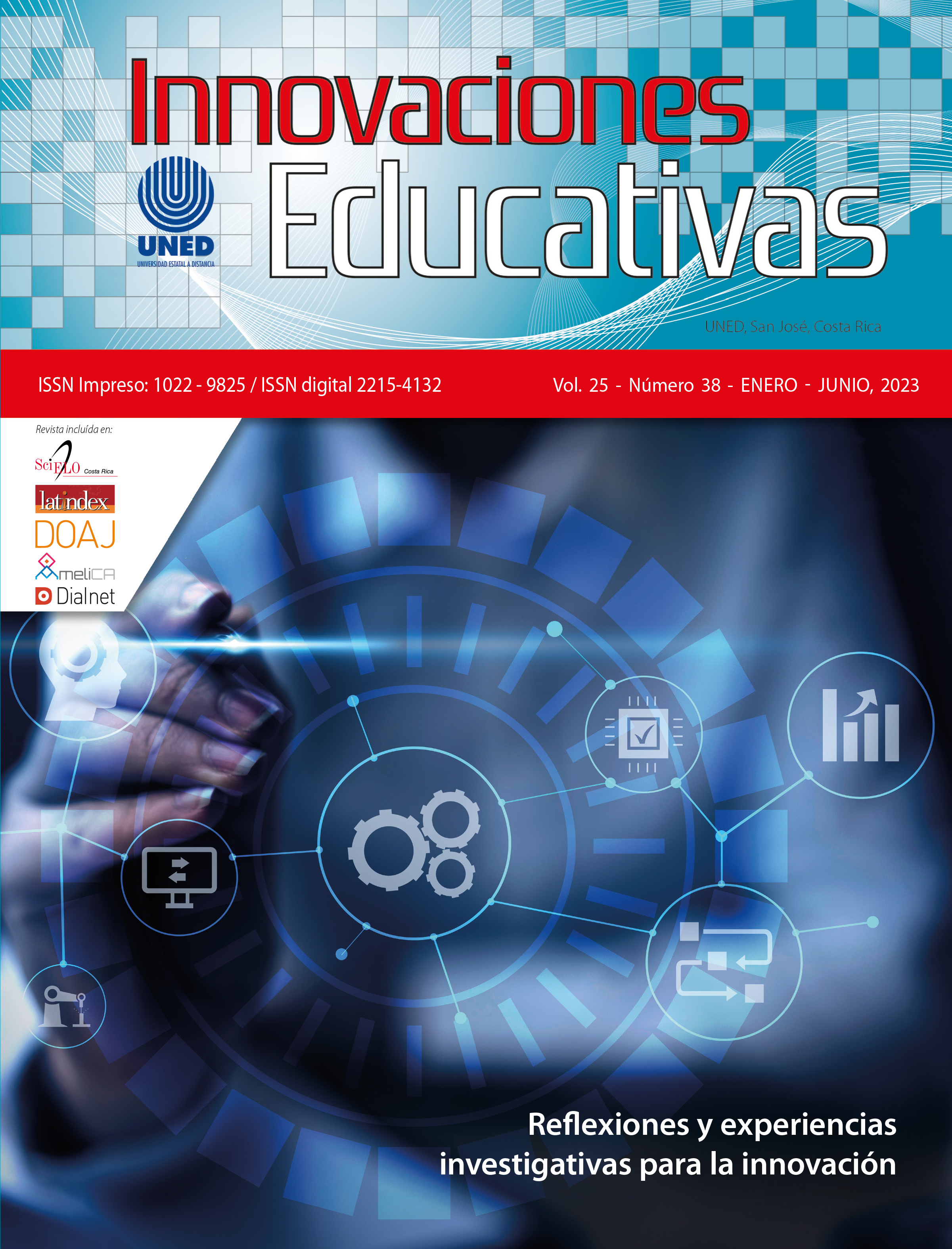Bloom's revised taxonomy as a support for the writing of learning outcomes and constructive alignment.
DOI:
https://doi.org/10.22458/ie.v25i38.4529Keywords:
learning, higher education, teaching, evaluation, pedagogy, curriculum, taxonomyAbstract
The purpose of this essay is to explain the importance of Bloom's revised taxonomy in the writing of learning outcomes, for which recommendations for its use are proposed. The document mentions the need to generate educational proposals that are more closely linked to the social context, which is why policies have been issued to promote the design and implementation of student-centered curricula. In this sense, the work developed by authors such as Kennedy (2006) and Biggs and Tang (2011) for the writing of learning outcomes is addressed. Finally, it is developed with an example, the coherence that should exist between learning outcomes, assessment and implementation of teaching-learning strategies, in the formative process of the student population, understood as constructive alignment. It is concluded that although taxonomies are a guide that proposes a hierarchical classification of the levels of development of cognitive and knowledge processes, their use should go from being a mechanical task to a process of reflection on the object of study of an academic discipline. Also, on the importance of carrying out the process of designing the results in work teams, with training on their elaboration and the use of taxonomies, for which the participation and accompaniment of experts in curricular matters becomes an essential requirement.
References
Alfauzan, A. A. H. y Tarchouna, N. (2017). The Role of an Aligned Curriculum Design in the Achievement of Learning Outcomes. Journal of Education and E-Learning Research, 4(3), 81-91. https://eric.ed.gov/?id=EJ1155827
Anderson, L. W.; Krathwohl, D. R.; Airasian, P. W.; Cruikshank, K. A.; Mayer, R. E.; Pintrich, P. R.; Raths, J. y Wittrock, M. C. (2001). A taxonomy for learning, teaching, and assessing: a revision of bloom’s taxonomy of educational objectives. Addison Wesley Longman Inc. http://bit.ly/3Epvkm7
Biggs, J., y Tang, C. (2011). Teaching for quality learning at university (4th ed.). McGraw-Hill. http://bit.ly/3NXm4cd
Brown, S. (2019). Software architecture for developers: Visualise, document and explore your software architecture. Leanpub.
Cohen, S. A. (1987). Instructional Alignment: Searching for a Magic Bullet. Educational Researcher, 16(8), 16-20. https://doi.org/10.3102/0013189X016008016
Consejo Superior Universitario Centroamericano. (2018). Marco de cualificaciones para la educación superior centroamericana (MCESCA): resultados de aprendizaje esperados para los niveles técnico superior universitario, bachillerato universitario, licenciatura, maestría y doctorado. Editorial Serviprensa. http://bit.ly/3TvOMSz
Eisner, E. W. (2000). Benjamin Bloom: 1913-99. Prospects, 30(3), 387-395. http://dx.doi.org/10.1007/BF02754061
Kennedy, D. (2006). Redactar y utilizar resultados de aprendizaje. Un manual práctico. University College Cork. https://cora.ucc.ie/handle/10468/1613
Krathwohl, D. R. (2002). A revision of bloom’s taxonomy: An overview. Theory Into Practice, 41(4), 212-218. https://www.tandfonline.com/doi/abs/10.1207/s15430421tip4104_2
Downloads
Published
How to Cite
Issue
Section
License
Copyright (c) 2023 Innovaciones Educativas

This work is licensed under a Creative Commons Attribution-NonCommercial-NoDerivatives 4.0 International License.

